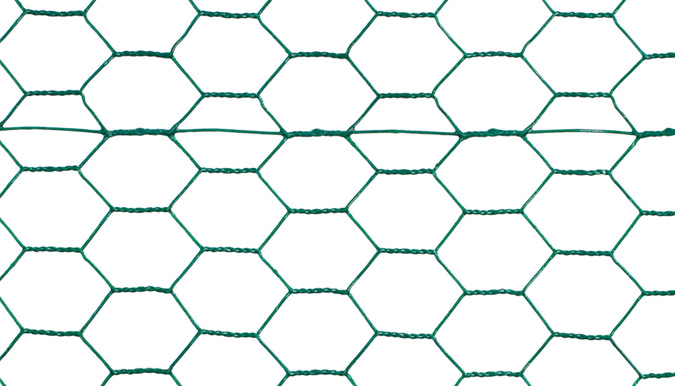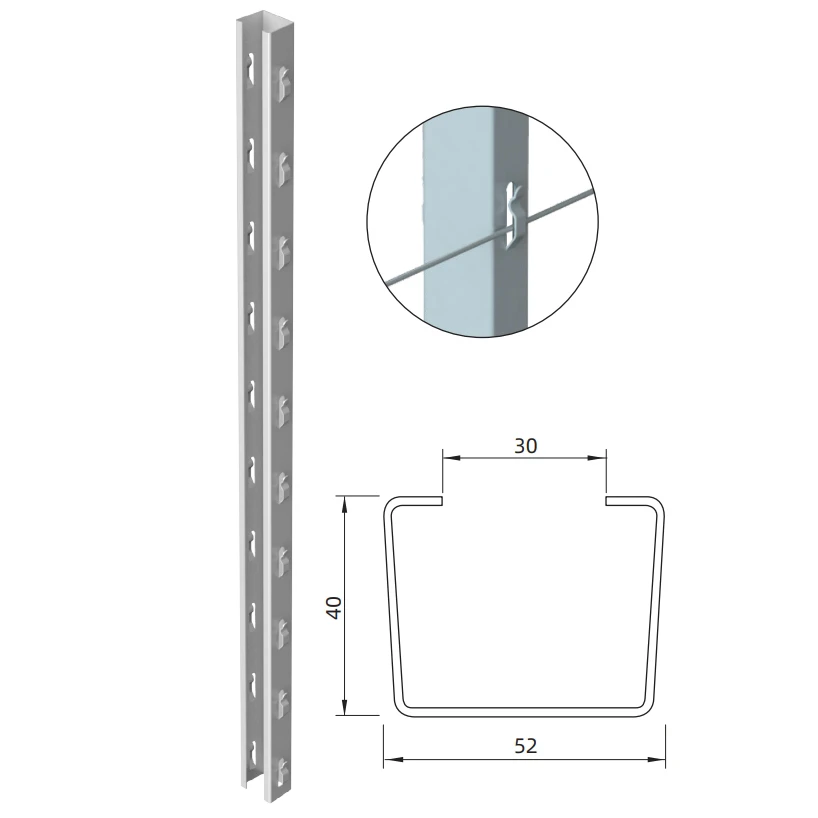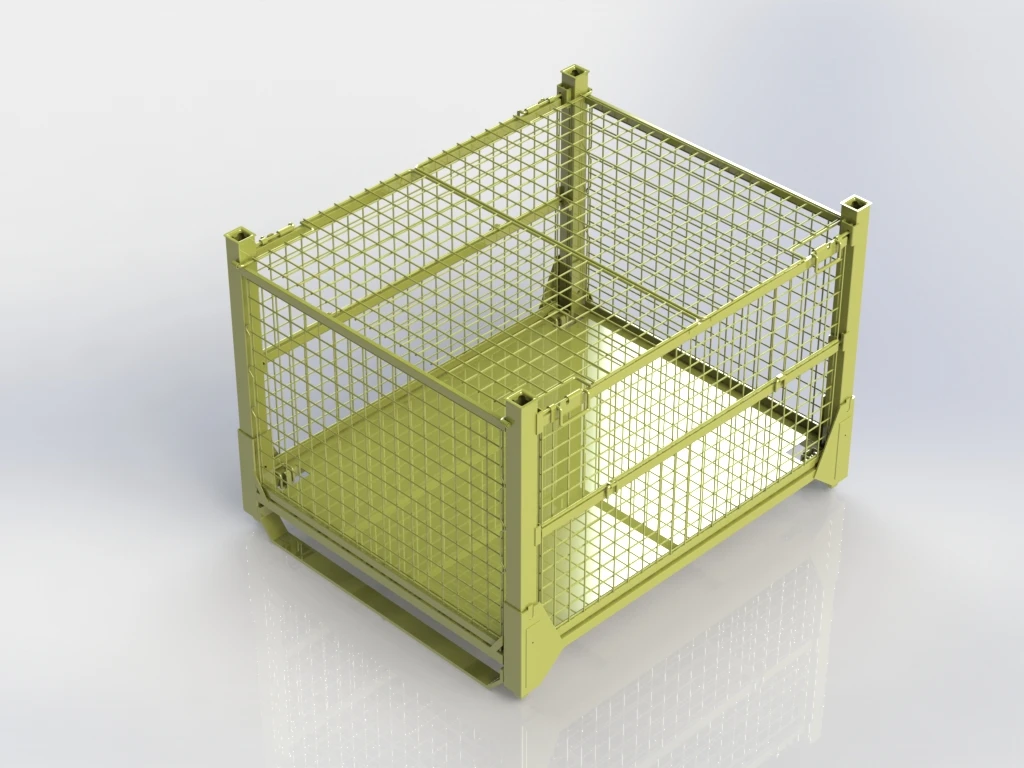chain link fence wire ties
11月 . 23, 2024 03:05
The Importance of Chain Link Fence Wire Ties A Comprehensive Guide
Chain link fences have long been a popular choice for both residential and commercial properties, providing security, visibility, and a durable barrier. However, the effectiveness and longevity of these fences largely depend on the quality of their installation and the materials used, particularly the often-overlooked wire ties. In this article, we will explore the significance of chain link fence wire ties, their types, installation tips, and maintenance practices, ensuring your fencing remains sturdy and reliable for years to come.
What Are Wire Ties?
Wire ties are essential components used in the construction of chain link fences. They are typically made of galvanized steel or other durable materials, ensuring rust resistance and longevity. Wire ties are used to secure the chain link fabric to the fence framework, which includes the posts and top rails. By fastening the fabric to the framework, wire ties help maintain the integrity and stability of the fence, protecting it from sagging, pulling, or detaching over time.
Why Wire Ties Matter
1. Structural Support Wire ties provide the necessary support to the chain link fabric. Without proper fastening, the fabric could sag, leading to gaps that compromise the fence's purpose of keeping intruders out and safely containing pets or children.
2. Durability Galvanized wire ties are resistant to corrosion and rust, which extends the lifespan of the fence. Using subpar materials can lead to early deterioration, resulting in costly repairs or replacements.
3. Flexibility Wire ties allow for some flexibility in the chain link fabric. This is particularly important in areas prone to high winds or extreme weather conditions. Properly secured fabric can absorb some flex without compromising the fence’s overall integrity.
4. Aesthetic Appeal Well-secured wire ties ensure that the chain link fabric remains taut and neat, providing a clean appearance to your property. A sagging or loose fence can detract from the aesthetics of your landscape or property.
Types of Wire Ties
Wire ties come in various forms and sizes, depending on the specific requirements of the fencing project. Some common types include
- Single Strand Ties A simple, cost-effective solution, single strand ties offer basic support but may require more frequent adjustments and replacements.
chain link fence wire ties

- Double Strand Ties These are more robust and provide better support than single strand ties. They are particularly useful for taller fences or areas with high wind exposure.
- Loop Ties Designed for easy installation, loop ties can be a handy option for DIY projects. They provide reliable fastening while allowing for some adjustability during installation.
- Heavy-Duty Ties For commercial or industrial applications, heavy-duty ties are recommended due to their enhanced strength and durability. They can withstand harsher conditions and provide long-term reliability.
Installation Tips
1. Spacing When installing the wire ties, consider the spacing between them. A good rule of thumb is to place ties every 12 inches along the fence line. For taller fences, you may want to decrease the spacing to ensure adequate support.
2. Tension Prior to securing the chain link fabric with wire ties, ensure that it is pulled taut. This avoids sagging and ensures a clean appearance.
3. Orientation Position the wire ties at alternating angles (some facing up and some facing down) to provide balanced support and prevent undue stress on any one area of the fence.
4. Regular Inspections Periodically inspect your fence for loose ties or signs of wear and tear. Promptly replacing or tightening any loose ties will prolong the life of your fence.
Maintenance Practices
To maintain the integrity of your chain link fence, regular maintenance is key. Check for rust or discoloration, and treat any affected areas promptly. Additionally, keep the fence area clear of debris that may exert pressure on the fabric. By paying attention to these small details, you will extend the lifespan of your fence significantly.
In conclusion, wire ties are an essential yet often overlooked component of chain link fences. Their role in providing structural support, durability, and aesthetic appeal cannot be underestimated. By understanding their importance, choosing the right type, and following proper installation and maintenance practices, you can ensure that your chain link fence remains a reliable and effective part of your property for years to come.









 Unity
Unity Creation
Creation Challenge
Challenge Contribution
Contribution










